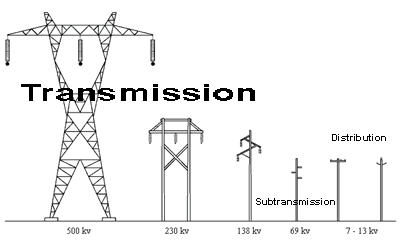
Two recent announcements highlight the potential for advanced energy storage solutions to deliver financial savings to business and consumers, as well as address environmental and socioeconomic issues.
According to proponents, the proposed energy storage projects – one in northeastern Pennsylvania and the other in northern Quebec – would significantly reduce fossil fuel use, accelerate integration of renewable energy and enhance resiliency of the power grid.
In Pennsylvania, Beacon Power is proposing a 20-megawatt power storage facility that would employ 64 flywheel systems, measuring 7 feet each, to store and feed electricity into the PJM power grid. A regional transmission organization, PJM is responsible for wholesale electricity transmission for some 61 million people across 13 U.S. states and the District of Columbia.
Up in northern Quebec, multinational mining giant Glencore has taken delivery of a lithium-ion (Li-ion) battery storage system that it expects will reduce diesel consumption at its Raglan nickel mining complex by 35 to 50 percent. Electrovaya's Lithium-Ion 2.0 energy storage system will also enable Glencore to expand its use of wind power at Raglan, compounding the benefits the company expects to realize by incorporating advanced energy storage and integrating it with wind power generation.
Mining, renewable energy and energy storage
Valued at $70,000, the Lithium-Ion system Electrovaya has delivered to Glencore's Raglan nickel mining complex is able to “accept and store energy from all sources, including diesel generators, solar and wind,” PVTech's Andy Colthorpe reported on Feb. 2. Glencore has already installed a 3-megawatt wind turbine at the Raglan site. The company is considering installing an additional 9 to 12 MW of wind energy capacity, which could cut the mine's diesel consumption by 40 percent, Mining Weekly reported.
Diesel consumption at the Raglan mining complex runs around 50 million liters annually, according to PVTech's report. Glencore is looking to the Raglan project to assess the integration of wind power and energy storage at its other mines around the world.
Flywheels for grid frequency regulation
It's high-tech flywheels -- rather than Li-ion batteries -- that will store energy for frequency regulation on the PJM grid if Beacon Power's proposed project comes to fruition, according to a report from the Scranton Times-Tribune's Jon O'Connell. The proposed site is located near the Valley View Business Park owned by Scranton Lackawanna Industrial Building Co.
Encased in 7-foot-tall carbon fiber cylinders, each unit of Beacon Power's flywheel energy storage solution is capable of storing as much as 15 minutes worth of electrical power at maximum capacity. At the proposed site in northeastern Pennsylvania, that translates into 5 megawatt-hours of energy -- which would help PJM maintain voltage across the mid-Atlantic grid within tolerable limits.
“This is not like your typical power plant,” Beacon development consultant David Stoner was quoted in the Times-Tribune's report. “We don’t burn any fuel; we have no emissions; we use no water.”
Back in 2008, PJM had just 1 MW of power storage capacity available. Today, that's increased to 85 MW, and plans are under way to raise that nearly 250 percent in coming years, PJM senior business solutions analyst Scott Baker told the Times-Tribune.
*Image credits: 1) U.S. Occupational Safety & Health Administration; 2) Glencore; 3) Beacon Power

An experienced, independent journalist, editor and researcher, Andrew has crisscrossed the globe while reporting on sustainability, corporate social responsibility, social and environmental entrepreneurship, renewable energy, energy efficiency and clean technology. He studied geology at CU, Boulder, has an MBA in finance from Pace University, and completed a certificate program in international governance for biodiversity at UN University in Japan.














